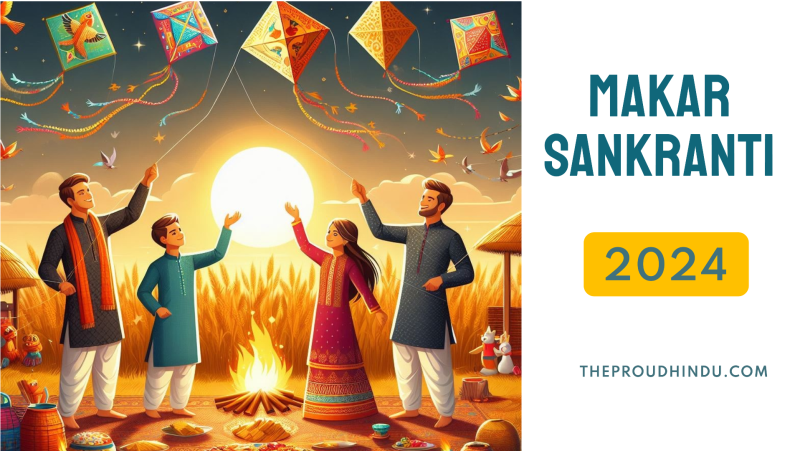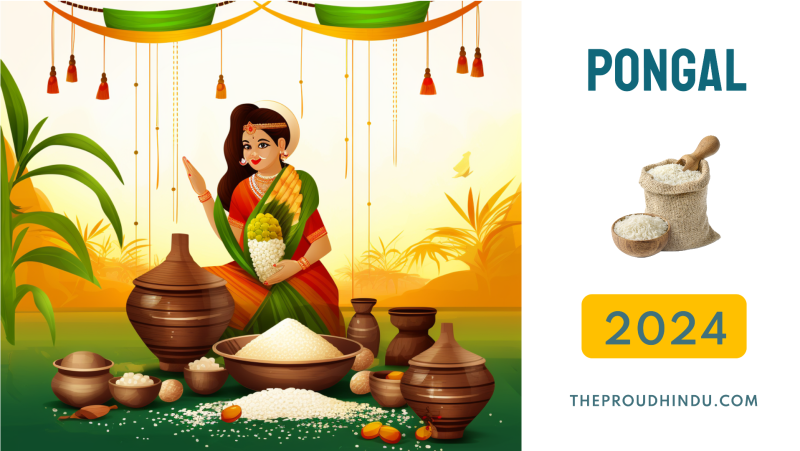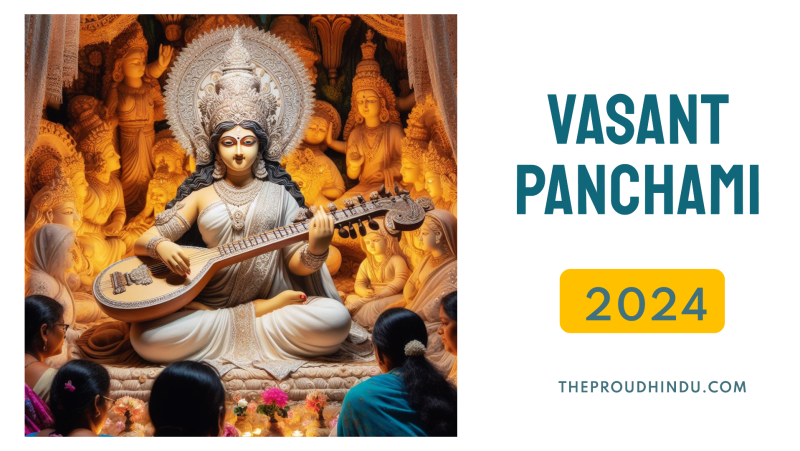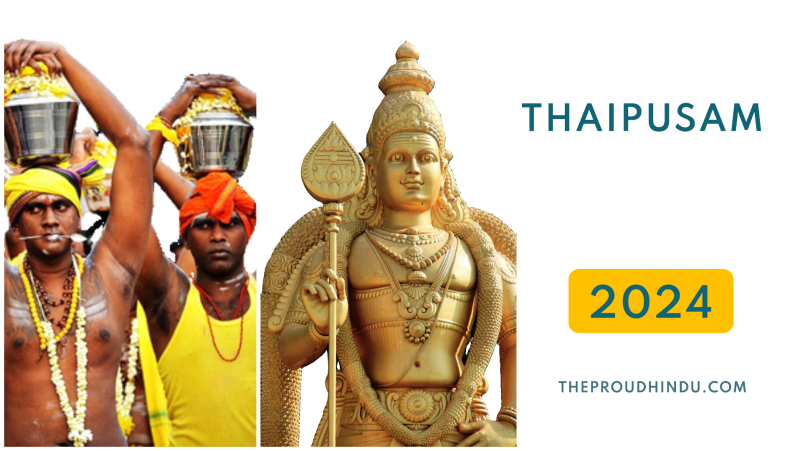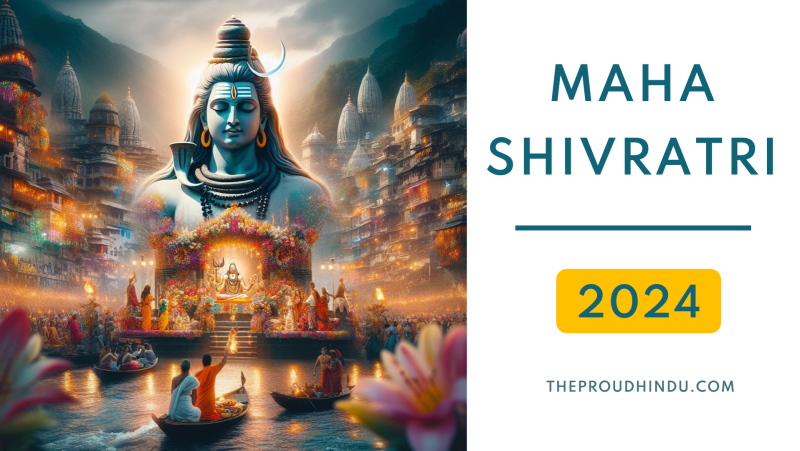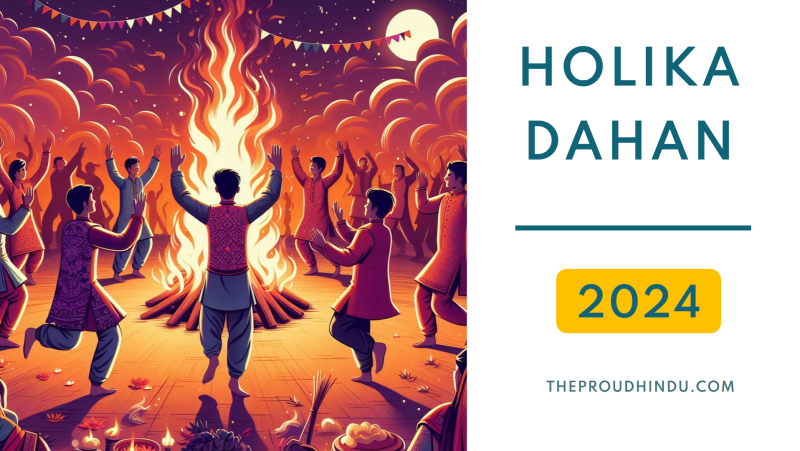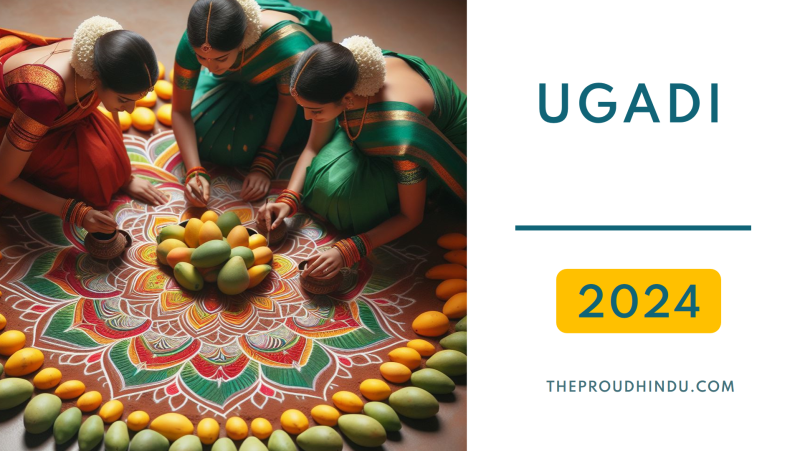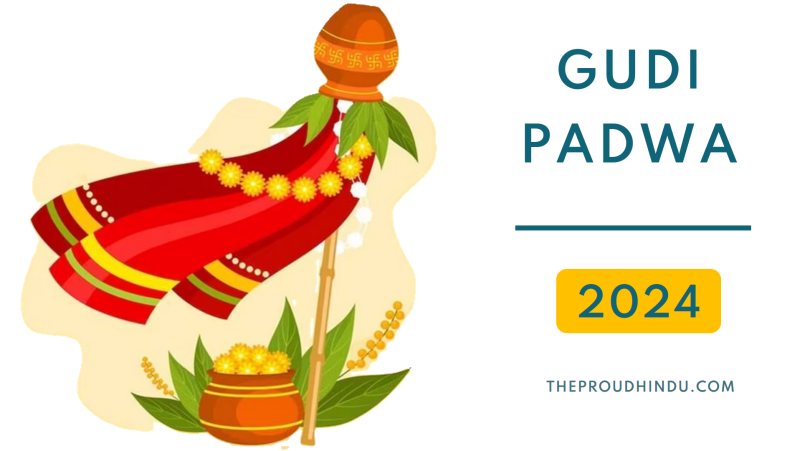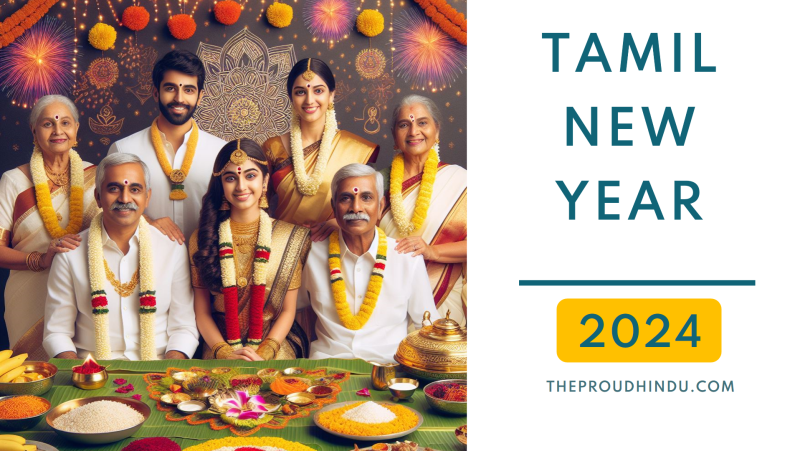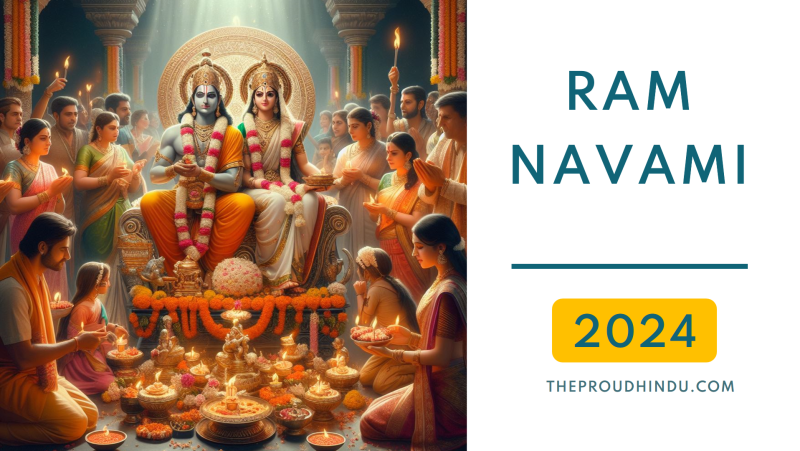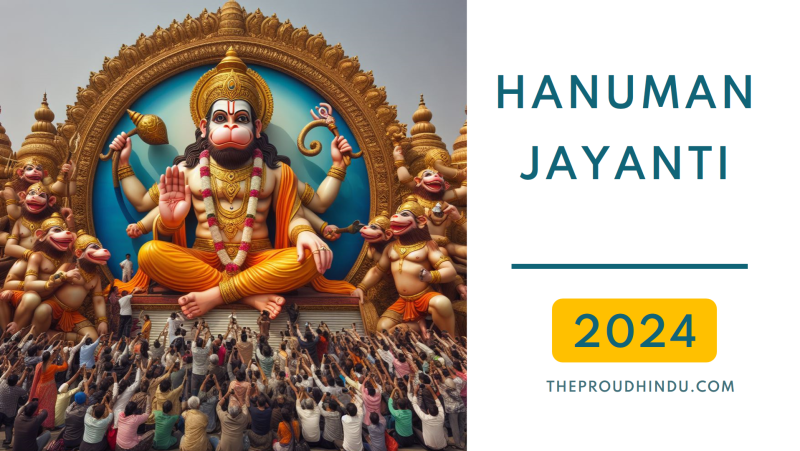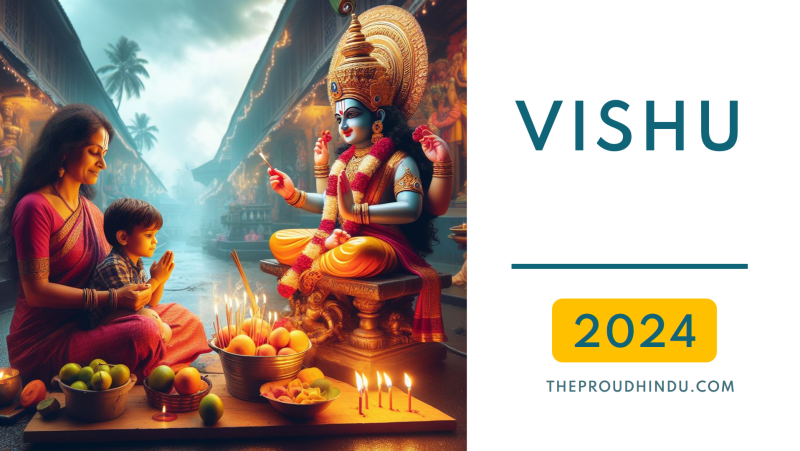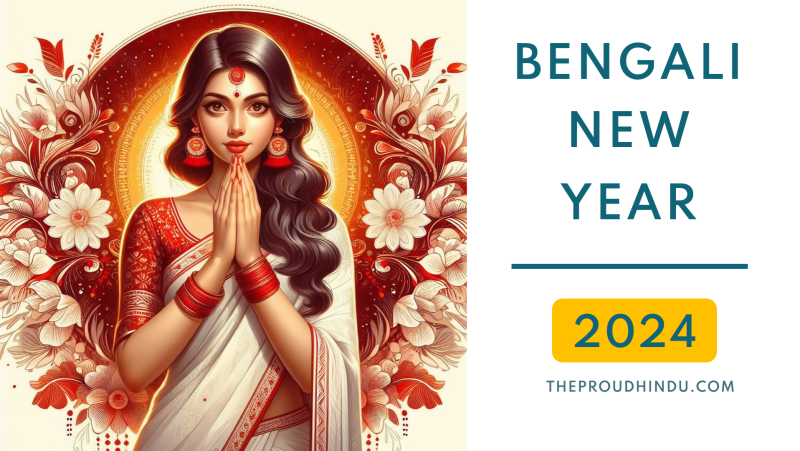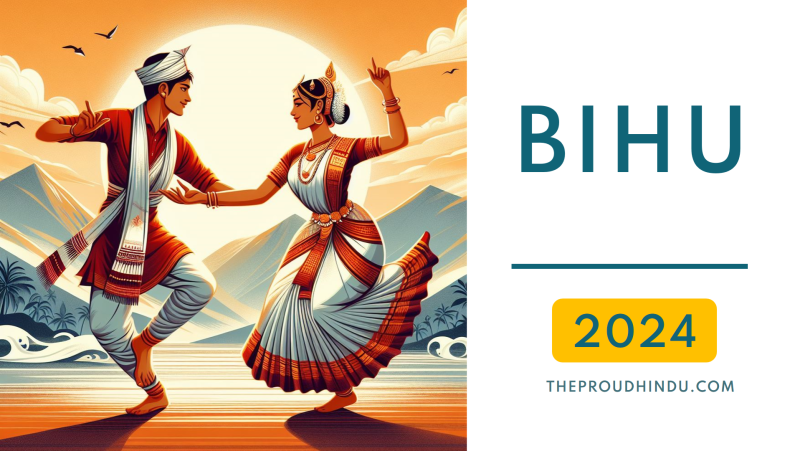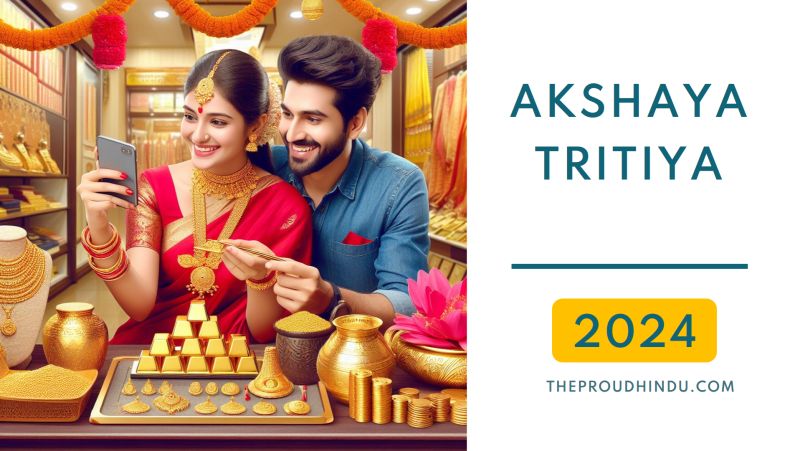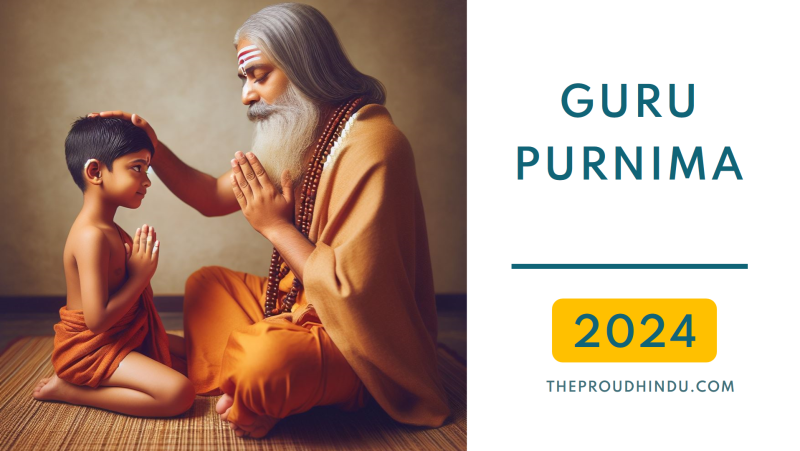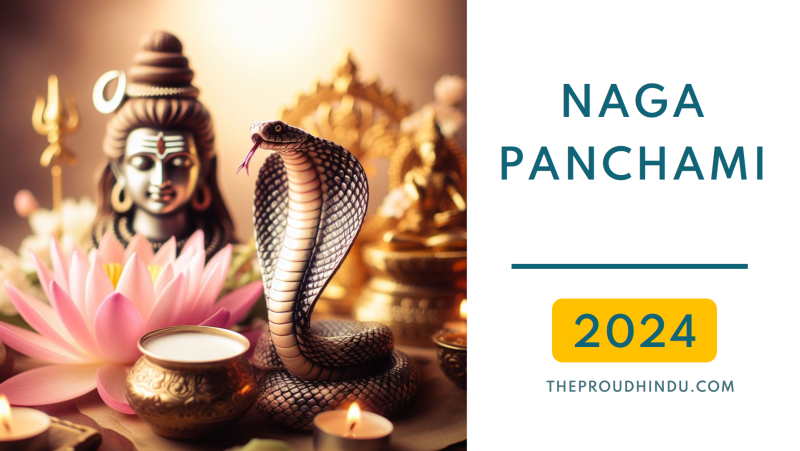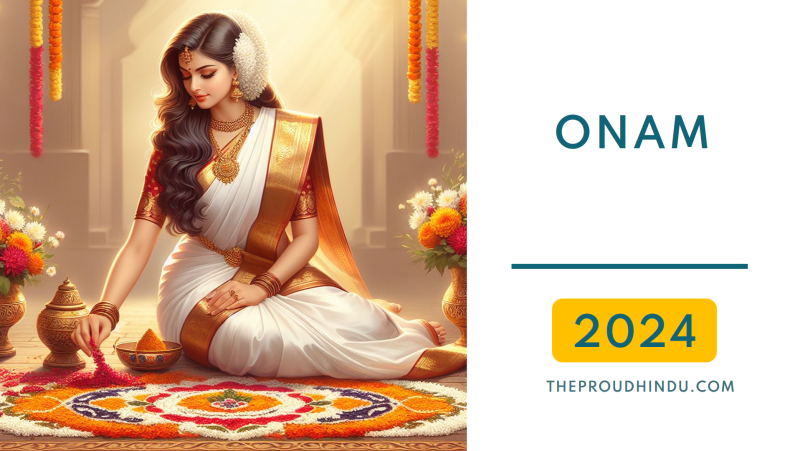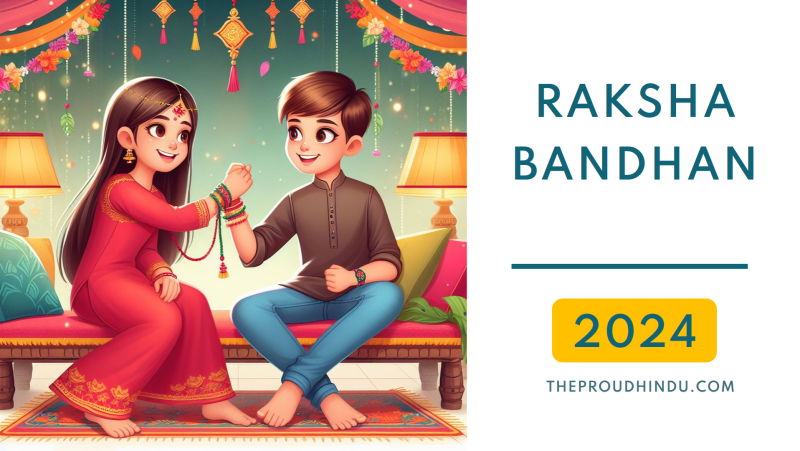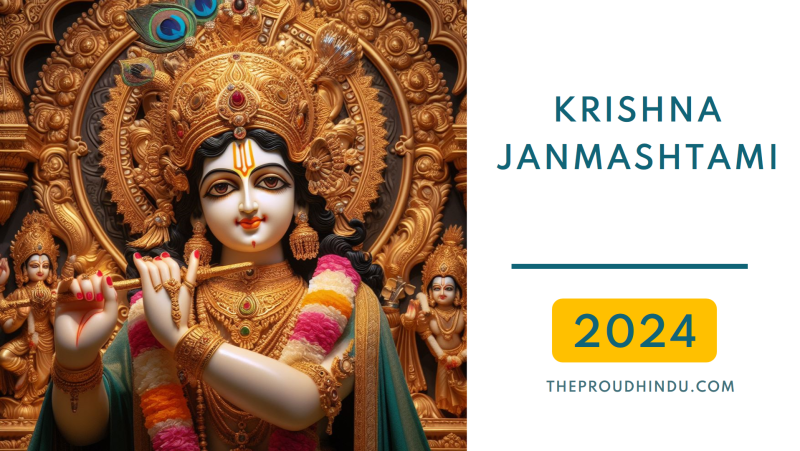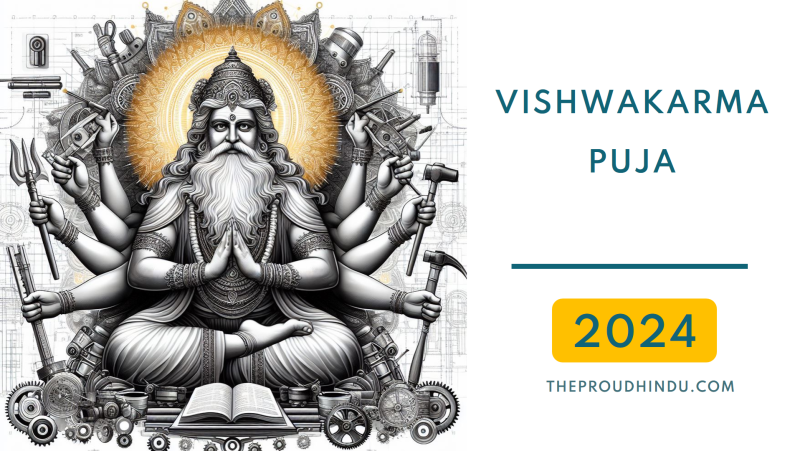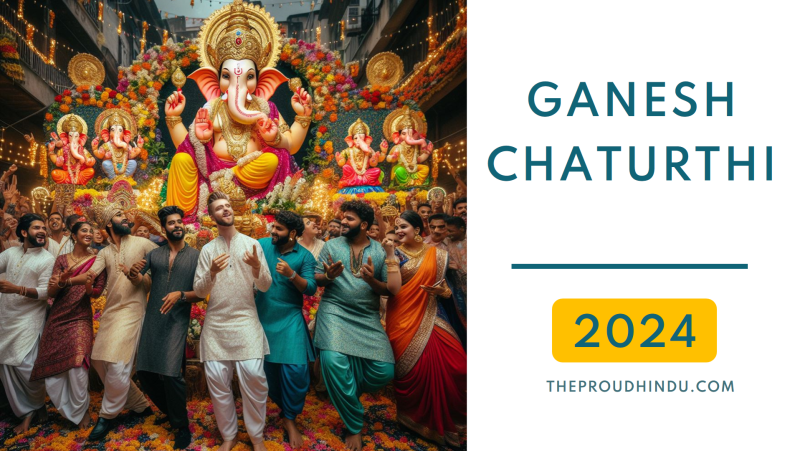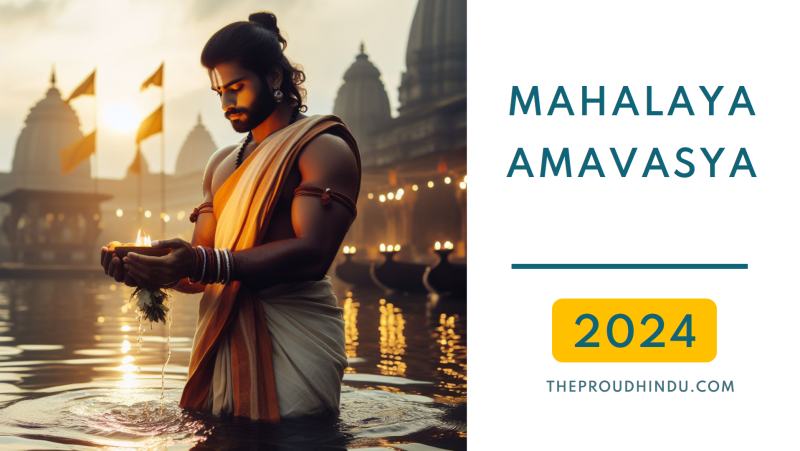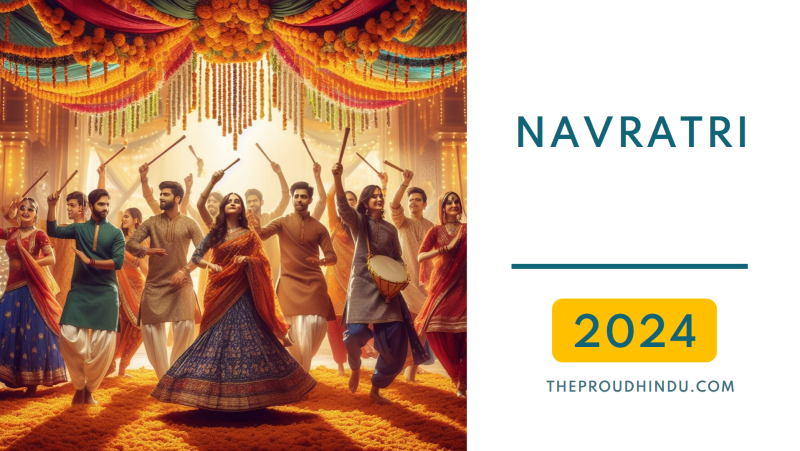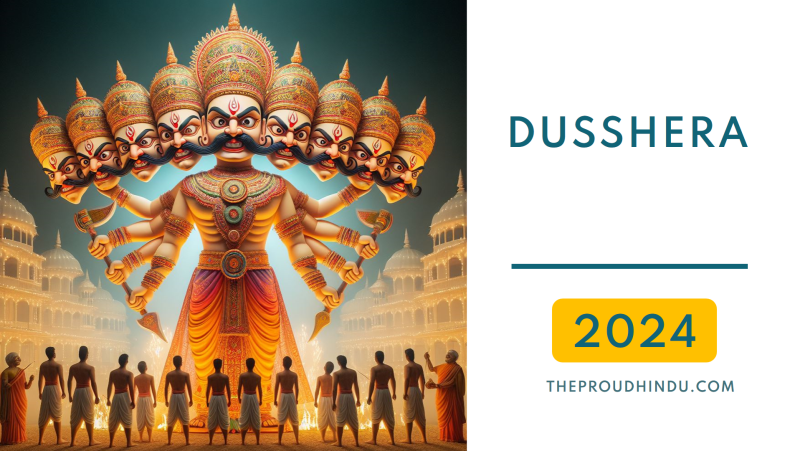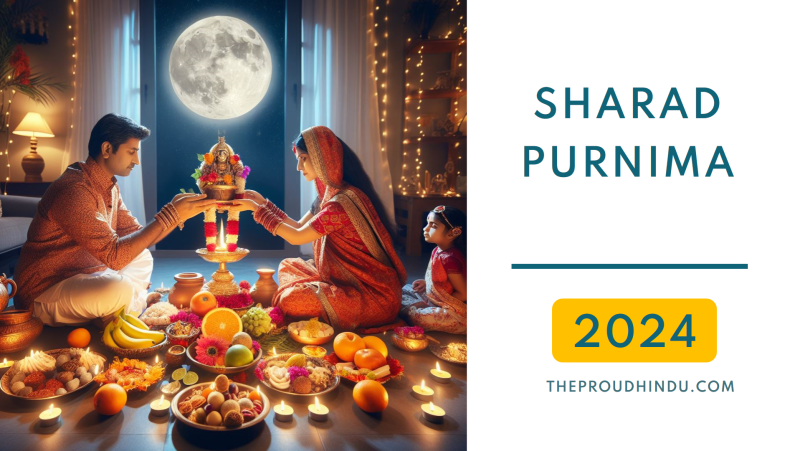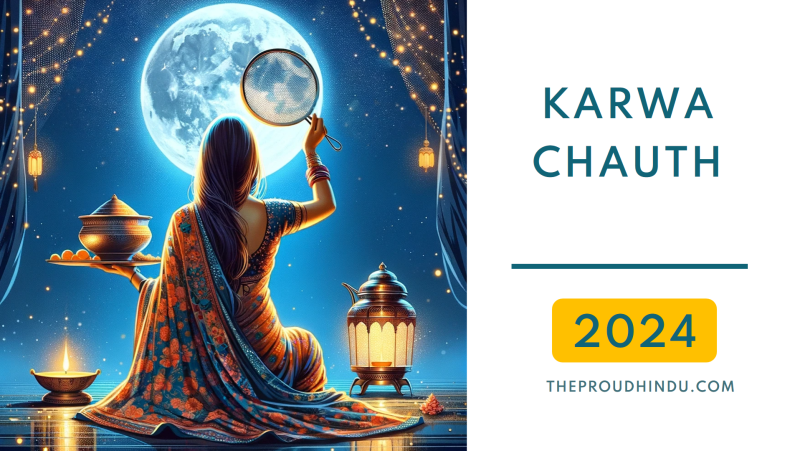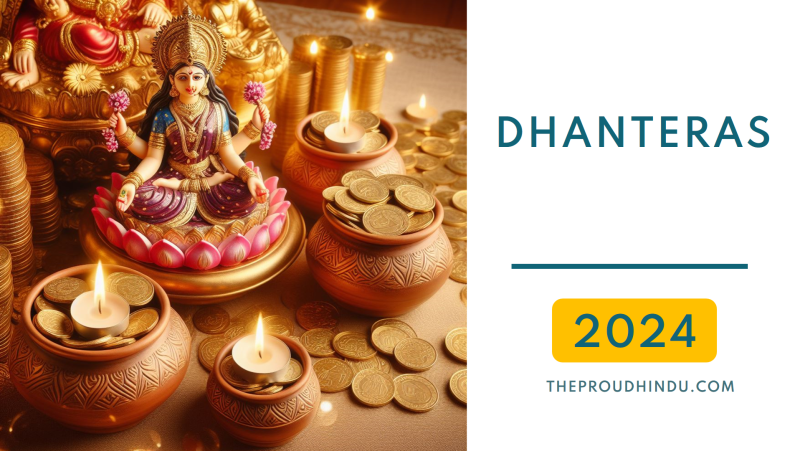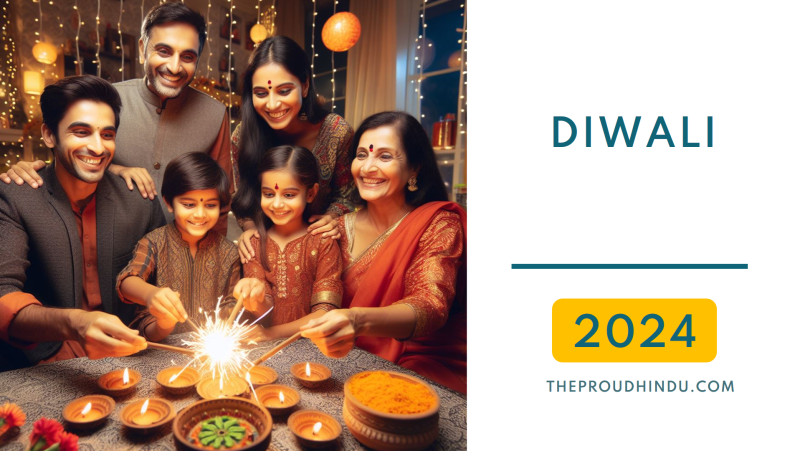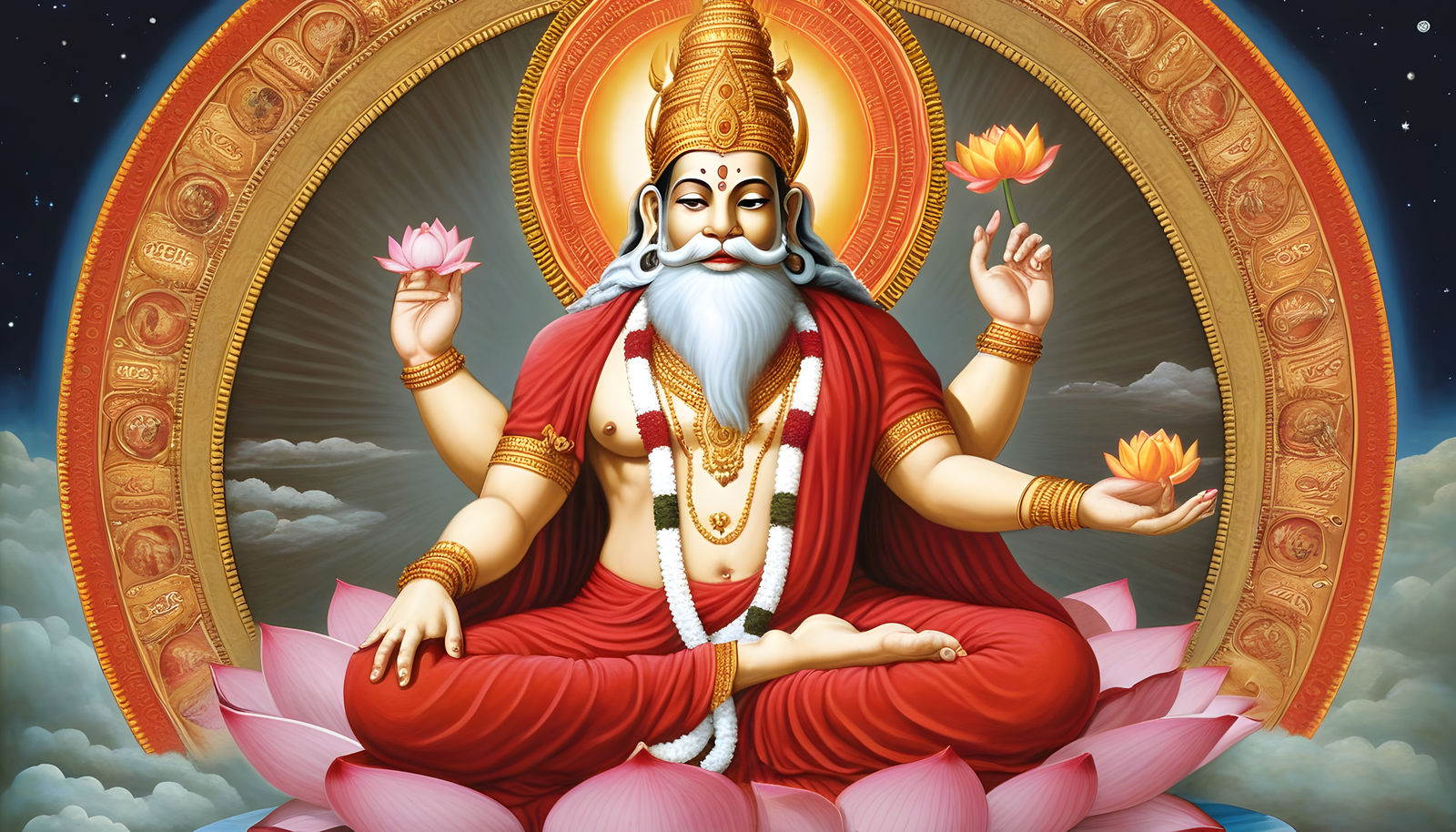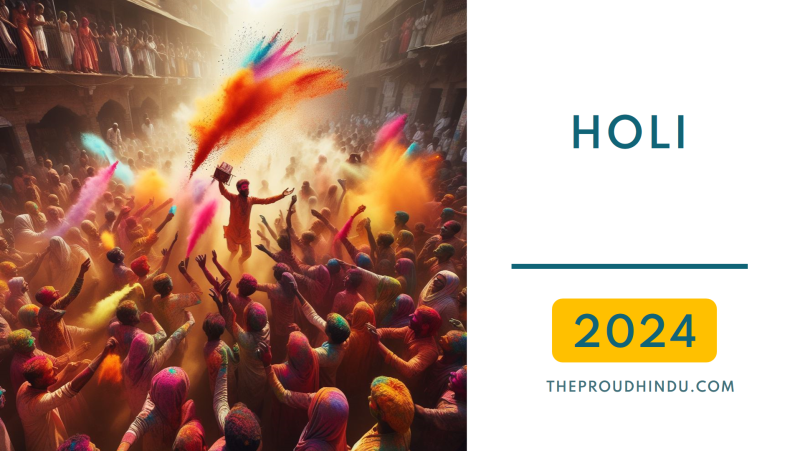
About Holi 2025 Festival Celebration
Holi, also known as the Festival of Colors, is one of the most vibrant and exuberant festivals celebrated in India. It falls on the full moon day (Purnima) in the Hindu month of Phalguna, usually in March. The festival is renowned for its joyous atmosphere, spirited gatherings, and the playful tossing of colorful powders and water, symbolizing the victory of good over evil, the arrival of spring, and the celebration of love and unity.
Holi 2025 Date
When is Holi Day? Holi 2025 in India will be celebrated on Friday, 14 March 2025. Holi is a Public Holiday in India so enjoy your Holi Holiday on 14 March 2025.
What Is The Significance Of Holi In Hinduism
Holi holds significant religious and cultural importance in Hinduism, signifying various aspects deeply rooted in its traditions:
1. Victory of Good over Evil: Holi commemorates the triumph of righteousness over malevolence. The legend of Prahlada and Holika portrays the victory of devotion and virtue (Prahlada) over malevolence and arrogance (Holika), symbolizing the victory of good over evil.
2. Festivity of Spring: Celebrated during the transition from winter to spring, Holi heralds the arrival of the vibrant season, bringing new life, color, and vitality to nature. It represents rejuvenation, renewal, and the promise of fresh beginnings.
3. Social Harmony and Unity: Holi transcends social barriers, bringing people together regardless of caste, creed, or social status. It fosters a sense of unity, friendship, and harmony among communities, strengthening social bonds and fostering goodwill.
4. Cultural Traditions: The festival serves as a cultural bridge, preserving and passing down ancient traditions, folklores, and customs through colorful rituals, music, dance, and festive gatherings.
5. Spiritual Significance: For many Hindus, Holi is a time for spiritual reflection, seeking blessings, and expressing gratitude to deities. It's a moment to cleanse the soul, forgive past grievances, and start afresh, aiming for spiritual growth and inner harmony.
6. Celebration of Love: Holi also celebrates love, affection, and camaraderie. It's a day when people set aside differences, come together, exchange greetings, and share joyous moments, strengthening bonds of love and friendship.
Overall, Holi is more than just a festival of colors; it embodies profound spiritual, cultural, and social significance within Hinduism, encapsulating the values of unity, positivity, joy, and the eternal victory of goodness.
What Are Some Traditional Foods Eaten During Holi
During Holi, various traditional foods are prepared and enjoyed across different regions in India. Some popular Holi delicacies include:
1. Gujiya: A sweet dumpling made of refined flour or semolina stuffed with khoya (reduced milk), dry fruits, and grated coconut. Gujiyas are deep-fried or baked and often dipped in sugar syrup.
2. Thandai: A refreshing and spiced milk-based drink made from a mixture of almonds, fennel seeds, rose petals, cardamom, saffron, and sometimes cannabis leaves (bhang). Thandai is a traditional beverage consumed during Holi.
3. Malpua: Sweet pancakes made from a batter of flour, milk, and sugar, often flavored with cardamom or saffron. Malpuas are deep-fried and then dipped in sugar syrup before serving.
4. Dahi Vada: Lentil dumplings (vadas) soaked in yogurt, topped with tangy tamarind chutney, spicy green chutney, and a sprinkle of roasted cumin powder.
5. Chaat: Various types of savory snacks like papdi chaat, bhel puri, or samosas garnished with tangy chutneys, yogurt, and spices, offering a burst of flavors.
6. Pakoras: Crispy fritters made by dipping vegetables (such as potato, onion, spinach, or cauliflower) in gram flour batter and deep-frying them until golden brown.
7. Sweets: Apart from Gujiya, other sweets like rasgulla, jalebi, and barfi are also savored during Holi, adding sweetness to the festive celebrations.
These traditional Holi foods are an integral part of the festivities, enjoyed by families and friends as they come together, play with colors, sing, dance, and celebrate the joyous occasion.
Holi Color & Powder
Holi colors and powders, known as Gulal or Abeer, are vibrant pigments used to celebrate the Festival of Colors, Holi. Traditionally, these colors were derived from natural sources such as flowers, herbs, and plants, creating safe and eco-friendly options. However, with modernization, synthetic colors have become prevalent due to their bright and varied shades.
The colors used during Holi celebrations come in an assortment of vibrant hues, including red, blue, green, yellow, purple, and pink. These colors are playfully thrown or smeared on friends and family, symbolizing joy, unity, and the arrival of spring.
While synthetic colors are known for their intense pigmentation, there are concerns about their chemical composition and potential adverse effects on the skin and the environment. For a safer celebration, many prefer natural alternatives made from ingredients like turmeric (yellow), henna (green), beetroot (pink), and other plant-based extracts. These natural colors are gentler on the skin and pose fewer risks of skin irritations or allergic reactions.
Additionally, water-soluble colors or organic powders have gained popularity due to their easy washability and environmental friendliness. Opting for eco-friendly colors contributes to a joyful Holi celebration while prioritizing personal health and environmental sustainability.
Holi Pichkari
A Holi pichkari is a traditional water gun used during the Holi festival to spray and splash colored water on others in a playful and joyous manner. These colorful water guns come in various shapes, sizes, and designs, enhancing the fun-filled spirit of the celebration.
Typically made from plastic or sometimes metal, a pichkari has a reservoir to hold water and a pump or pressure mechanism to spray the water. During Holi, people fill these pichkaris with colored water and playfully squirt or spray them on friends, family, and passersby, adding to the lively and colorful atmosphere of the festivities.
Modern pichkaris come in diverse styles, from simple handheld designs to more elaborate ones with multiple nozzles, allowing for different spray patterns. Some pichkaris even come with attached containers for storing colored powders, enabling a combination of colorful water and powdered hues for a more dynamic and playful celebration.
The Holi pichkari has become an integral part of the festival, offering an exciting and interactive way to spread joy, laughter, and vibrant colors during the festive occasion.
Holi Balloons
Holi balloons, also known as water balloons, are small, colorful balloons filled with water, often used during the Holi festival for playful splashing and throwing. These balloons add an extra element of fun and excitement to the celebration.
Participants typically fill these balloons with colored water and playfully toss or throw them at friends, family, and neighbors, drenching each other in a spirited and joyous manner. The bursting of these balloons results in a colorful splash, adding to the festive ambiance and creating moments of laughter and merriment.
While these balloons contribute to the lively atmosphere of Holi, it's essential to ensure that they are used safely and responsibly to prevent any harm or injuries to others. Some eco-conscious celebrants opt for biodegradable balloons to minimize environmental impact after use.
Holi balloons are an enjoyable addition to the festivities, allowing people to engage in playful water-based activities and share in the exuberance of the Festival of Colors.
Holi Party
A Holi party is a vibrant and joyful celebration that takes place during the Holi festival. These gatherings are filled with music, dancing, colorful decorations, and the playful throwing of colors and water.
During a Holi party, friends, family, and communities come together to celebrate the arrival of spring and the triumph of good over evil. The atmosphere is lively and spirited, with participants dressed in white or colorful attire, ready to immerse themselves in the festivities.
The main highlights of a Holi party include:
1. Color Play: Participants throw and smear colorful powders (Gulal) on each other, symbolizing the welcoming of spring and spreading joy and happiness.
2. Water Splashing: Water guns, balloons filled with colored water, or buckets of water are used to playfully drench one another, adding to the fun and laughter.
3. Music and Dance: Traditional and contemporary music fills the air, encouraging people to dance, sing, and rejoice together.
4. Delicious Food: A variety of festive foods and sweets, such as Gujiya, Thandai, and other regional delicacies, are shared and enjoyed by everyone.
5. Social Bonding: Holi parties foster social bonding, allowing people to set aside differences, mend relationships, and embrace each other with warmth and joy.
Holi parties create a jubilant and inclusive atmosphere, uniting people of all ages and backgrounds in the spirit of joy, love, and camaraderie. These gatherings are an integral part of the Holi festival, fostering a sense of togetherness and celebration within communities.
Holi Decoration
Holi decorations play a vibrant role in enhancing the festive atmosphere during the celebration of the colorful festival. Here are some common Holi decoration ideas:
1. Colorful Drapes and Hangings: Adorn the space with bright and colorful drapes, streamers, or banners. Use vibrant fabrics or multi-colored paper decorations to create a lively ambiance.
2. Floral Arrangements: Incorporate fresh flowers or artificial floral garlands in various hues, such as marigolds and roses, to add a touch of natural beauty and fragrance to the decor.
3. Rangoli: Create intricate and colorful rangolis (patterns made with colored powders) at the entrance or in the courtyard using bright hues to welcome guests and symbolize the spirit of Holi.
4. Balloons and Banners: Decorate with colorful balloons, especially water balloons, to add a playful touch. Hang Holi-themed banners or posters showcasing festive messages or images.
5. Colorful Centerpieces: Use bowls or vases filled with colored water and flower petals to make vibrant centerpieces for tables or gathering areas.
6. Artistic Displays: Display colorful artwork or paintings depicting Holi motifs, such as Radha-Krishna, traditional Holi scenes, or other symbolic representations.
7. Themed Table Settings: Set colorful tablecloths, place mats, and themed tableware featuring bright colors to complement the festive spirit.
Remember, Holi is all about colors and joy, so let your creativity flow to create an atmosphere that exudes vibrancy and happiness, adding to the merriment of the celebration.
Holi Holiday
Holi is a widely celebrated and colorful festival observed predominantly in India and Nepal. It's a significant cultural and religious holiday, typically observed for one to two days.
In India, Holi is recognized as a public holiday in various states. Government offices, schools, and many businesses remain closed on this day, allowing people to partake in the vibrant festivities. However, the duration of the holiday may vary from region to region and also depends on local customs and traditions.
During Holi, people indulge in playful activities with colors, water, music, and festive foods. The atmosphere is filled with joy as friends and family gather to celebrate, making it a time for social gatherings, cultural events, and merrymaking.
While Holi is a significant holiday in India, it's important to note that the holiday duration can differ based on local government policies, organizational practices, and individual preferences. Some regions may observe a single-day holiday, while others might extend the celebrations for a day or two.
How Is Holi Celebrated In Different Parts Of India
Holi, the Festival of Colors, is celebrated with diverse customs and traditions in various parts of India, each region adding its unique flavor to the festivities:
1. North India (Mathura, Vrindavan, and Braj Region): In Mathura and Vrindavan, the birthplace of Lord Krishna, Holi celebrations start a week before the main day. Lathmar Holi involves women playfully hitting men with sticks, symbolizing Radha's playful teasing of Krishna. The celebrations culminate with a grand display of colors, music, and dance at temples and streets.
2. West Bengal (Basanta Utsav): In West Bengal, Holi is celebrated as Basanta Utsav by playing with colors, cultural programs, and traditional dances. People dress in vibrant attires and revel in singing and dancing at Shantiniketan, paying homage to Rabindranath Tagore, who initiated this colorful celebration.
3. Punjab (Hola Mohalla): Sikhs commemorate Hola Mohalla, a festival that coincides with Holi, marked by martial arts demonstrations, processions, mock battles, and singing of religious hymns at Anandpur Sahib.
4. Uttar Pradesh (Braj Region): In regions like Barsana and Nandgaon, the Lathmar Holi involves men from Nandgaon visiting Barsana and getting playfully beaten with sticks by women, commemorating Radha and Krishna's playful interactions.
5. Rajasthan (Royal Celebrations): The royal city of Jaipur celebrates Holi with grandeur. The royal family organizes a spectacular procession where elephants, camels, and horses adorned in traditional attire parade through the streets.
6. Maharashtra (Rang Panchami): In Maharashtra, the festival extends over five days, concluding on Rang Panchami. People splash vibrant colors on each other, sing festive songs, and relish traditional Maharashtrian sweets.
7. South India (Kerala, Tamil Nadu, Karnataka, and Telangana): While Holi isn't as prominently celebrated in South India, some regions like parts of Kerala and Karnataka mark the festival by playing with colors and engaging in community celebrations.
These regional variations highlight the diversity in Holi celebrations across India, showcasing unique customs, rituals, and local traditions that add rich cultural hues to the festive fervor.
What Is The History Of Holi
Holi, has deep roots in Hindu mythology and ancient traditions. The festival's history is intertwined with several legends and stories:
1. Holika and Prahlada: One of the most popular legends associated with Holi revolves around the demon king Hiranyakashipu and his son Prahlada. Hiranyakashipu wanted everyone to worship him, but Prahlada remained devoted to Lord Vishnu. Furious, Hiranyakashipu tried to kill Prahlada multiple times, but Vishnu protected him. Holika, Hiranyakashipu's sister, had a boon to be immune to fire. She tricked Prahlada into sitting on a pyre with her, but due to Prahlada's unwavering devotion, Holika burned, while Prahlada emerged unscathed. This event symbolizes the victory of good over evil and is commemorated as Holika Dahan or Chhoti Holi.
2. Radha and Krishna: Radha Krishna holi is associated with the divine love of Lord Krishna and Radha. Legend has it that Lord Krishna, known for his mischievous nature, would playfully apply colors on Radha and other Gopis (cowherd girls) using colored powders. This playful activity is believed to be the basis for the tradition of applying colors during Holi.
3. Prahlada and Lord Vishnu's Protection: Holi is also linked to Prahlada's unwavering faith and the protective nature of Lord Vishnu. The legend emphasizes the triumph of devotion and righteousness over malevolence.
Holi's history signifies various aspects like the victory of good over evil, the arrival of spring, and the celebration of love and unity. It's a time for forgiveness, renewals, and vibrant celebrations that bring communities together, transcending barriers and fostering joyous camaraderie. Over time, Holi has evolved into a festival celebrated not only in India but also in various parts of the world, symbolizing positivity, happiness, and the triumph of goodness.
What Are Some Safety Tips For Celebrating Holi
Celebrating Holi is incredibly fun, but it's essential to ensure safety during the festivities. Here are some safety tips to consider while celebrating Holi:
1. Use Skin-Friendly Colors: Opt for natural or herbal colors made from flower extracts or organic sources. Avoid using synthetic or chemical-based colors that may cause skin irritation or allergies.
2. Protect Your Eyes: Shield your eyes by wearing sunglasses or protective eyewear to prevent colored powders or water from getting into your eyes, causing irritation.
3. Moisturize Before and After: Apply a generous amount of moisturizer or oil on your skin and hair before playing Holi. This creates a protective barrier that makes it easier to wash off colors later. After the celebrations, use mild soap and lukewarm water to gently remove the colors.
4. Cover Exposed Skin: Wear clothes that cover most of your body to minimize direct contact with colors. Long-sleeved shirts, full pants, and a cap or scarf can help protect your skin and hair.
5. Stay Hydrated: Since Holi involves physical activity and exposure to the sun, remember to stay hydrated by drinking plenty of water throughout the day.
6. Avoid Drinking in Public: If you're celebrating in public spaces, avoid consuming alcoholic beverages to maintain control and ensure safety during the festivities.
7. Play in Safe Areas: Choose safe and designated areas for playing Holi, avoiding crowded or congested spaces that might pose risks or accidents.
8. Respect Boundaries: Be mindful of others' boundaries and preferences. Seek consent before applying colors or engaging in playful activities with strangers or unfamiliar individuals.
9. Protect Your Electronics: Keep your electronic devices (phones, cameras, etc.) in waterproof cases or bags to safeguard them from colored water or powders.
10. Supervise Children: Keep an eye on children during Holi celebrations to ensure their safety. Use non-toxic and child-safe colors for kids.
By following these safety tips, you can enjoy a joyful and safe Holi celebration, ensuring that the festivities remain fun and memorable for everyone involved.
Holi Date
| Year | Date | Day |
|---|---|---|
| Holi 2023 Date | 08 March 2023 | Wednesday |
| Holi 2024 Date | 25 March 2024 | Monday |
| Holi 2025 Date | 14 March 2025 | Friday |
| Holi 2026 Date | 04 March 2026 | Wednesday |
| Holi 2027 Date | 23 March 2027 | Tuesday |
You may also like …
Are You The Proud Hindu?
The Trimurti
Create an account to join us and start taking part in conversations.
SIGNIN
